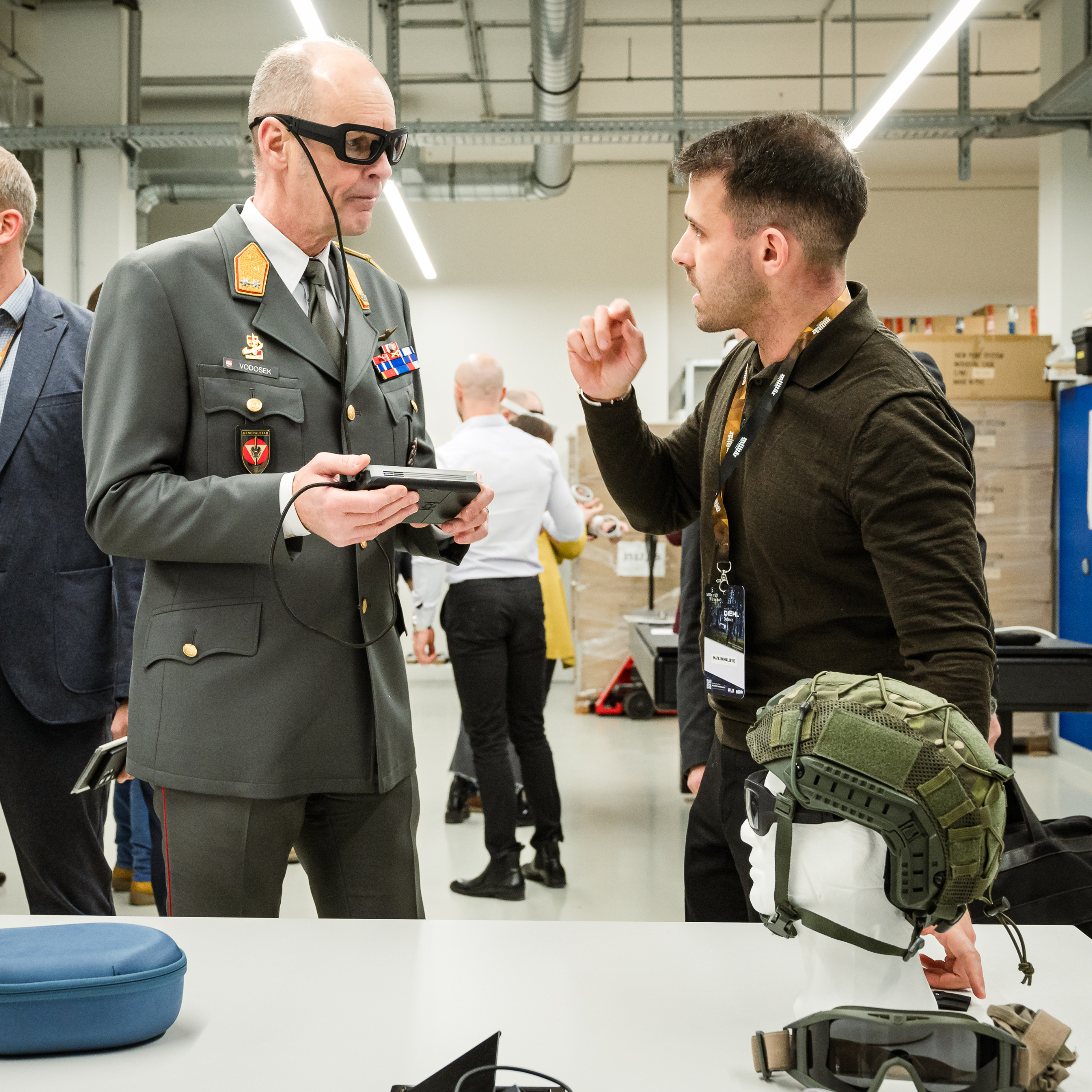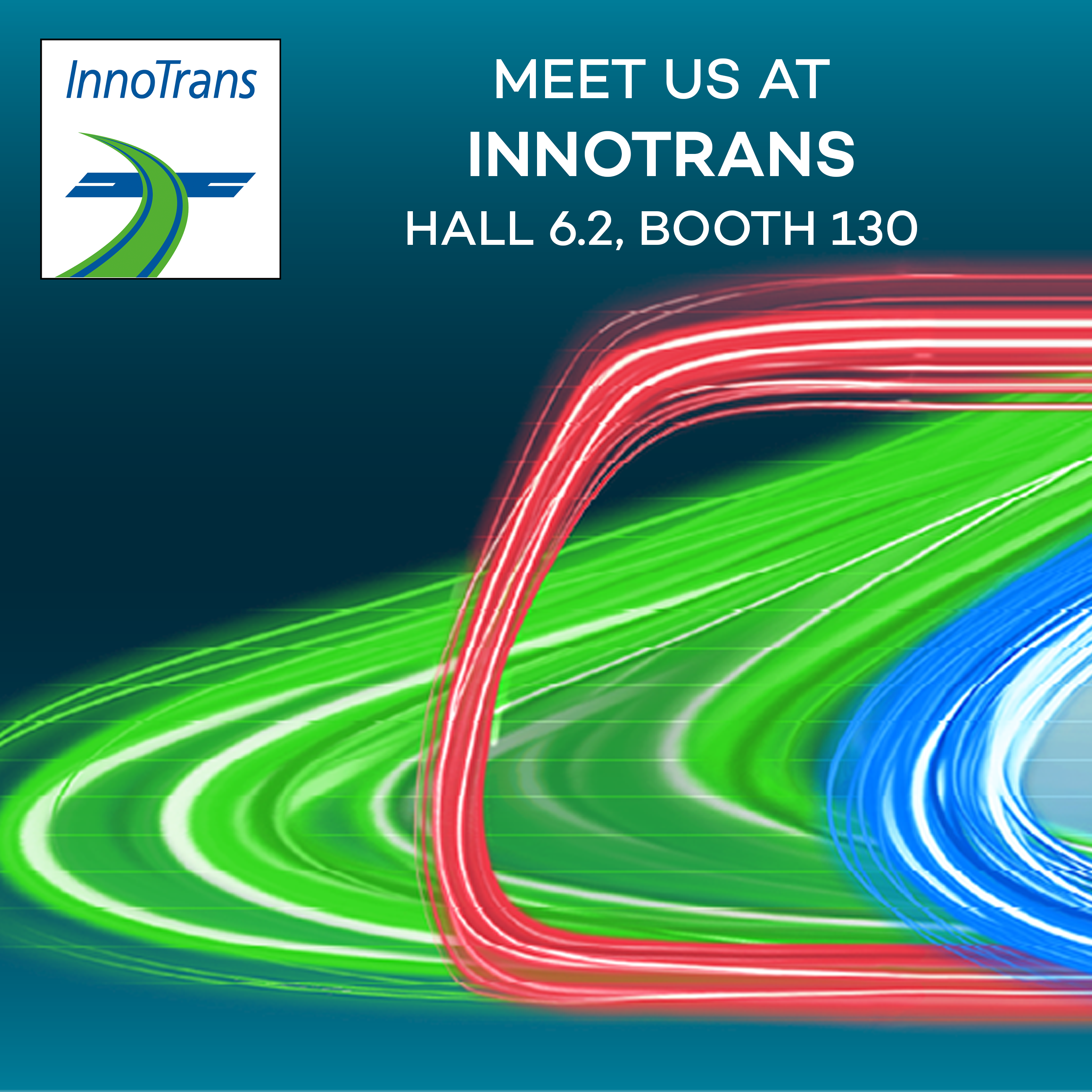Every year in early January, the entertainment mecca of the United States transforms into a global tech hub: CES in Las Vegas is THE tech event to kick off the new year. Even though it’s primarily a consumer-oriented show, CES is hugely influential and helps set the agenda for the year. This is what you need to know from the show floor.
AI is everywhere
After seemingly lagging behind in artificial intelligence last year (when AI was all around after the launch of ChatGPT at the end of 2022, CES programs were already set), it’s now clear: AI is indispensable.
But what exactly to do with the technology? How to make AI profitable? The tech industry provides various answers to this question: from AI-powered, fully connected homes to personal assistants (examples include Samsung’s “Ballie” and the “rabbit r1“) to AI assistants for industrial applications. Microsoft is working with Siemens on the latter. Their “Industrial Copilot“ aims to improve collaboration between humans and machines in manufacturing. Maintenance workers will be supported with natural language and detailed repair instructions, while engineers will have quick access to simulation tools.
For automotive applications, Microsoft is partnering with Sony and Honda: their e-car prototype “Afeela” can not only be controlled with a Playstation controller, but also features a voice assistant powered by “Microsoft Copilot”. The car is supposed to be available for order in 2025 and to be delivered in 2026.
Volkswagen is getting even more specific: Starting in the second quarter, the company plans to integrate ChatGPT into its cars, combining a large language model with its IDA voice assistant. The goal is to provide better, more natural responses. Volkswagen is thus bringing the AI-assisted driving experience to the masses.
And there was some other noteworthy news: Chipmaker AMD announced plans to integrate neural processing units into its processors, allowing systems to learn locally rather than relying on large data centers. This means that devices with these AI processors can perform tasks locally and without an internet connection, which is especially appealing to companies concerned about data privacy. It also eliminates latency by eliminating the need to send data halfway around the world.
The metaverse’s industrial revolution
In his CES keynote, Siemens CEO Roland Busch declared 2024 as the turning point for the “industrial metaverse”. While the consumer metaverse experience has yet to be proven, Siemens showcased the possibilities for the industry. Engineers and logisticians can experiment and innovate with “digital twins” of cars, airplanes, or entire factories in virtual spaces, using MR and VR headsets. This allows them to optimize processes and realistically test scenarios. Companies could save on prototyping and construction costs. A factory planned in the industrial metaverse is expected to be significantly more productive and energy-efficient.
The digital twin thus bridges the analog and digital worlds. If Siemens succeeds in establishing a standard here, the potential for industry is enormous.

Most experts agree that the “industrial metaverse” will keep us much busier than we can currently imagine, also in terms of significant performance improvements. Which application areas have the greatest potential for manufacturing companies in the short and medium term? LEARN MORE
Intelligent vehicles
As people connect their homes and lives with various devices, the car cannot be left behind. CES provided a glimpse of how customers are finally getting the technology in their cars that builds a bridge to their digital lives.
We have already mentioned VW’s planned integration of ChatGPT into the on-board system. Service-oriented AI can also be found at BMW, although the Munich-based opts for Amazon Alexa instead of ChatGPT. Amazon’s new Large Language Model is expected to rival ChatGPT, and with feeding from Amazon’s databases, it could open up new possibilities. For example, if Amazon integrates its LLM with retail and logistics, shopping from the backseat could become a reality. Another potential topic is B2B applications for large fleets, such as predictive maintenance.
Circular economy and sustainability
While AI took center stage at CES, there was also a clear shift towards sustainable solutions. This trend was led by CES organizer itself, the Consumer Technology Association (CTA), which introduced a new initiative on the first day to promote recycling, reuse, and ultimately reduce waste. Founding companies Panasonic, Samsung, Sony, Lenovo, and LG have committed to improving e-waste processing, increasing repair and reuse, and incorporating more recycled materials into their products.
Exciting green tech innovations were also on display: Canadian startup Agapyo introduced a biodegradable plastic that can be added to a regular compost heap. Neoplants from France showed bioengineered indoor plants that remove 30 times more pollutants from the air in indoor spaces like offices than conventional plants.
Which, in the sea of blinking LEDs and AI-powered devices, reminds us that innovation can take many shapes.





